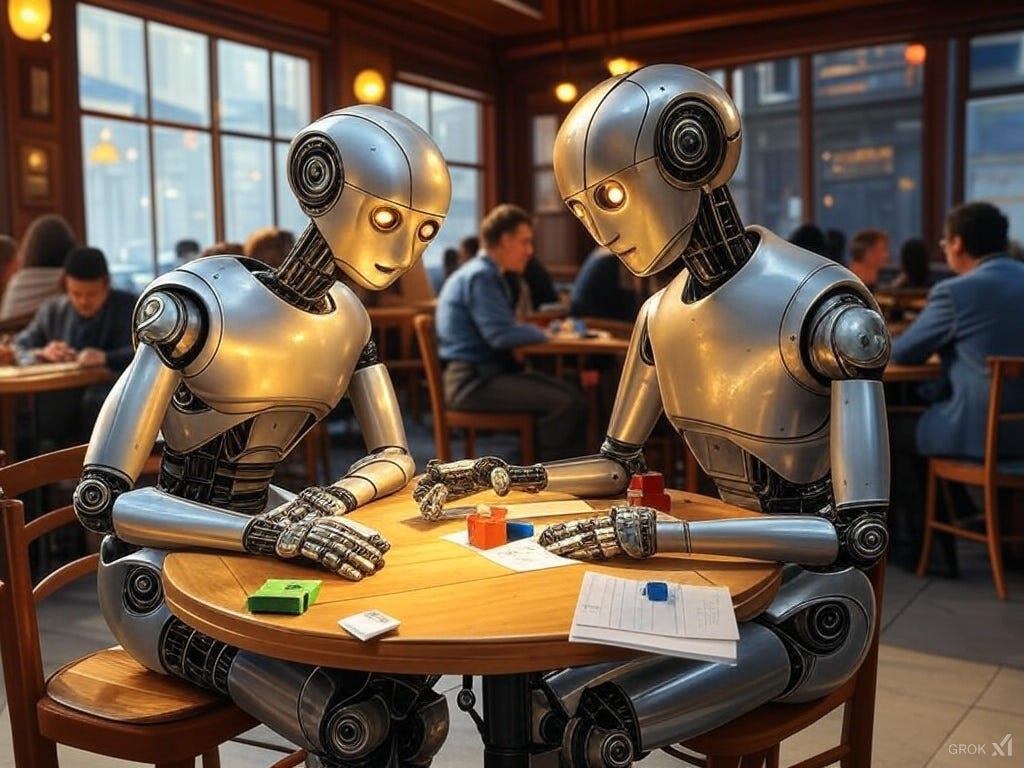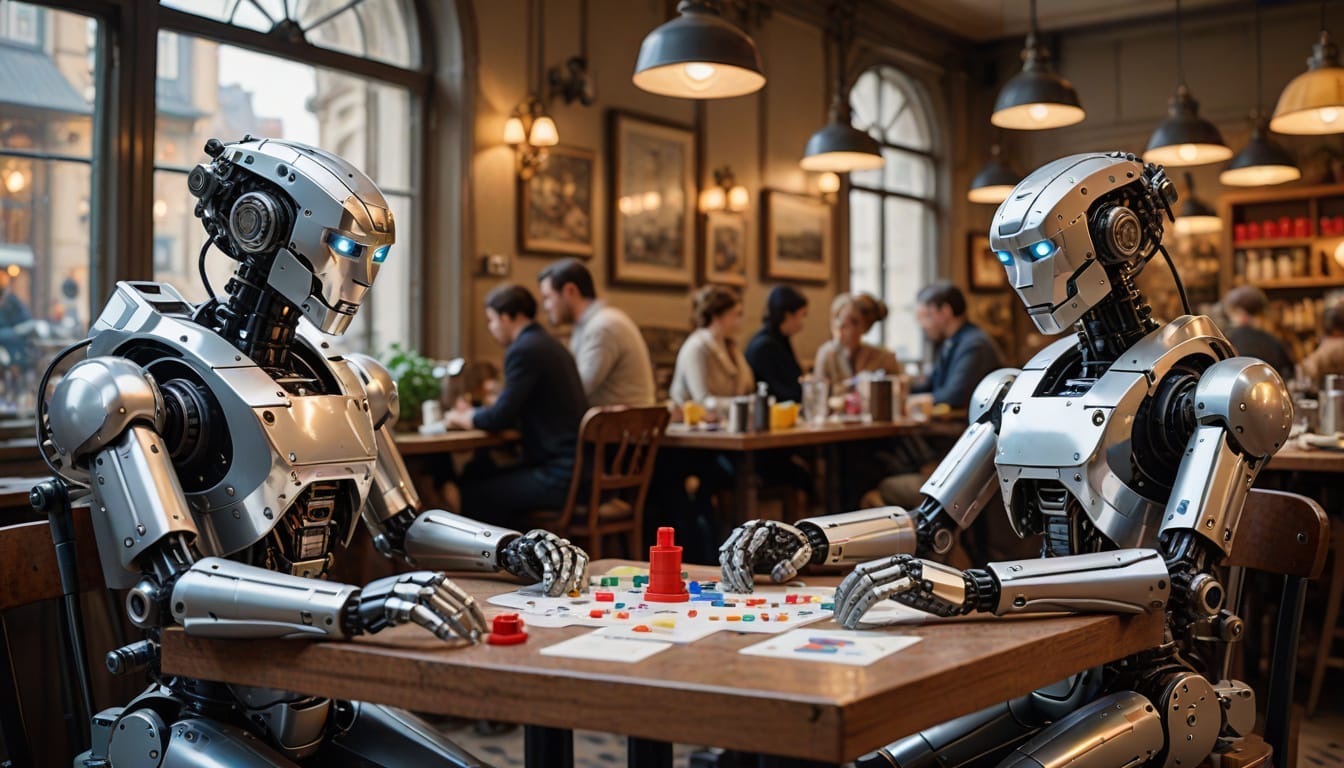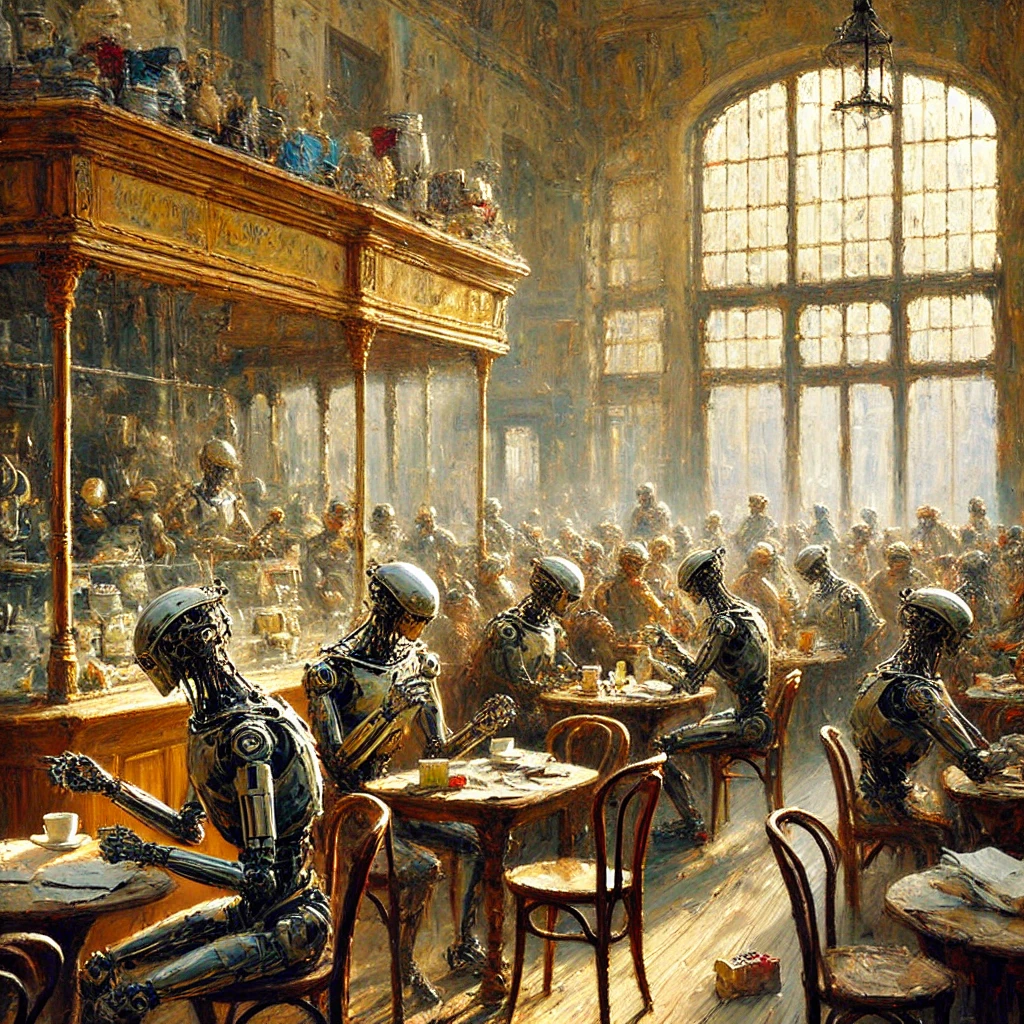
Picture this: two AI titans, ChatGPT and Grok3, enter the ring. In one corner, we have ChatGPT, the seasoned conversationalist. In the other, Grok3, the new contender with a penchant for real-time data. Both were tasked with writing a compelling Medium blog about Flask, the minimalist Python web framework. The result? Two eerily similar articles that could make even a seasoned developer do a double-take. So, what’s going on here? Is there some AI mind-meld happening, or is it just a coincidence wrapped in an enigma? Let’s dive in and find out.
The Tale of Two Titles
First, let’s talk titles. ChatGPT graced us with “Flask: The Little Framework That Could (and Did!),” while Grok3 offered “Flask: The Tiny Web Framework That Could (And Still Can).” Notice the resemblance? It’s like they both attended the same AI creative writing workshop. The homage to “The Little Engine That Could” is clear, but the uncanny similarity raises an eyebrow — or would, if AI had eyebrows.
LEGO Blocks and Web Frameworks
Both articles decided that comparing Flask to LEGO was the way to go. ChatGPT mused:
“Think of it like a Lego set: you get the basic pieces, but you decide if you’re making a castle, a spaceship, or a very ambitious model of the Eiffel Tower that you will 100% abandon halfway through.”
Grok3, not to be outdone, quipped:
“It’s the LEGO set of frameworks: start with a simple baseplate and build a spaceship or a sandwich, your call.”
Great minds think alike? Or perhaps great algorithms process alike.

Did They Cheat Off Each Other’s Homework?
The striking similarities beg the question: did these AI models crib notes? The answer lies in their training data. Both ChatGPT and Grok3 are trained on vast swathes of the internet, ingesting articles, blogs, and documentation. It’s plausible that both encountered similar metaphors and descriptions about Flask during training, leading to analogous outputs when prompted.
The Sources Behind the Smarts
While the exact datasets are proprietary secrets guarded more closely than grandma’s secret cookie recipe, we know that AI models like these are trained on diverse internet text. This includes forums, tutorials, official documentation, and yes, even Medium blogs. So, if multiple sources describe Flask as the LEGO of web frameworks, the AI models are likely to echo that sentiment.
What Are the Odds?
Considering the vastness of their training data, the odds of generating similar content aren’t astronomical. AI models identify patterns and replicate them. If the pattern of describing Flask with a train metaphor or comparing it to LEGO blocks is prevalent, both models might independently produce similar content. It’s not plagiarism; it’s pattern recognition on a grand scale.

See for Yourself
Don’t just take my word for it. Check out the two articles and play detective:
- Flask: The Tiny Web Framework That Could (And Still Can)
- Flask: The Little Framework That Could (and Did!)
Compare them side by side and see how many similarities you can spot. It’s like a game of “AI-generated content bingo.”
The Art of AI (Literally)
Art Prompt: Imagine a bustling 19th-century Parisian café, painted with the soft, dreamy brushstrokes of Impressionism. In the center, two robotic figures sit at a table strewn with papers and LEGO blocks, engaged in animated discussion. The scene captures the blend of human creativity and mechanical precision, with warm, diffused light filtering through large windows, casting a gentle glow on the metallic surfaces of the robots.

Join the Conversation
What do you think about AI models producing such similar content? Coincidence, convergence, or something else entirely? Share your thoughts in the comments below. And if you enjoyed this deep dive into the quirks of AI-generated content, don’t forget to follow for more musings and analyses. Let’s navigate this brave new world of AI together, with a dash of humor and a sprinkle of skepticism.